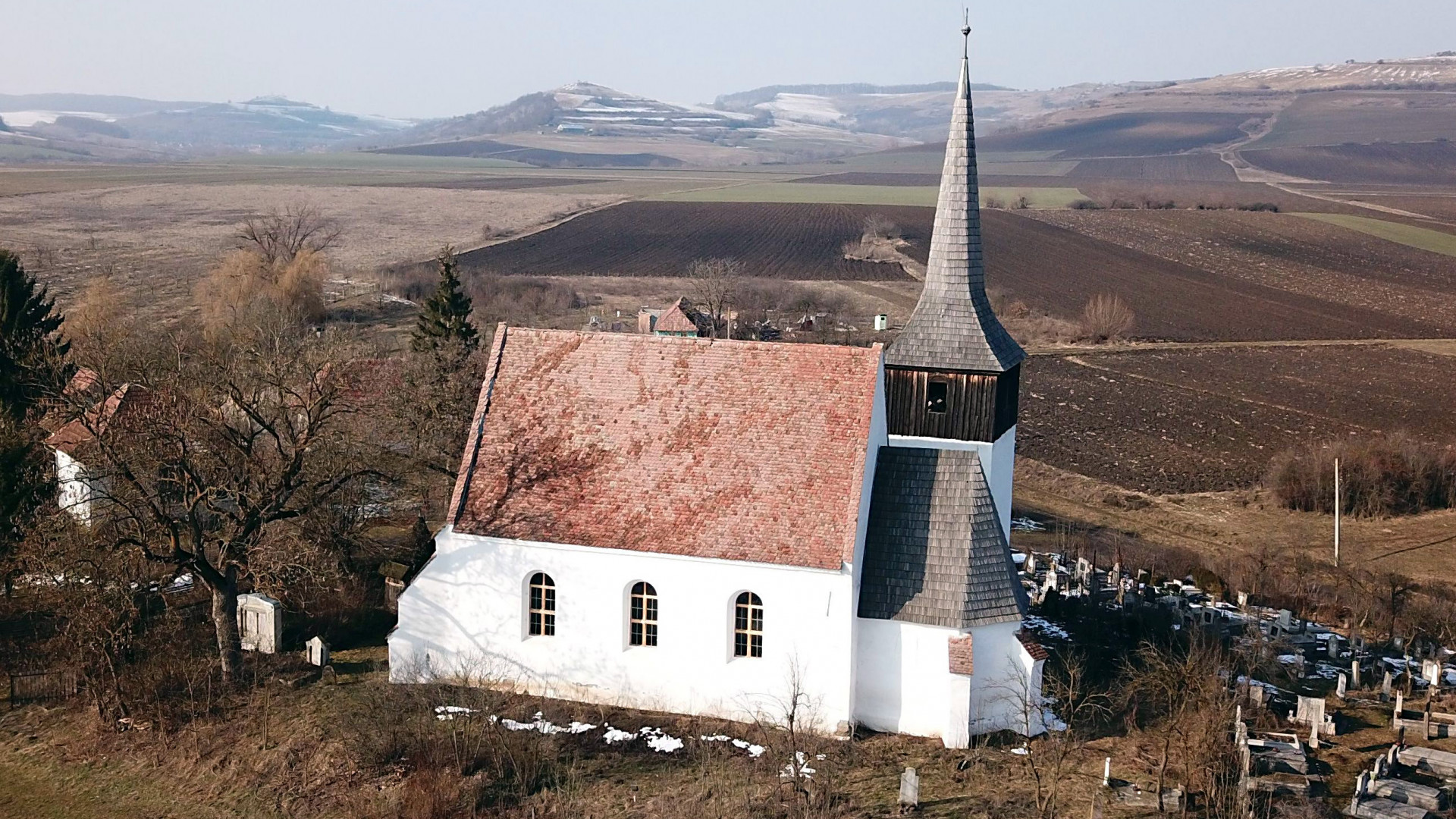Castles, Citadels, Architectural Curiosities
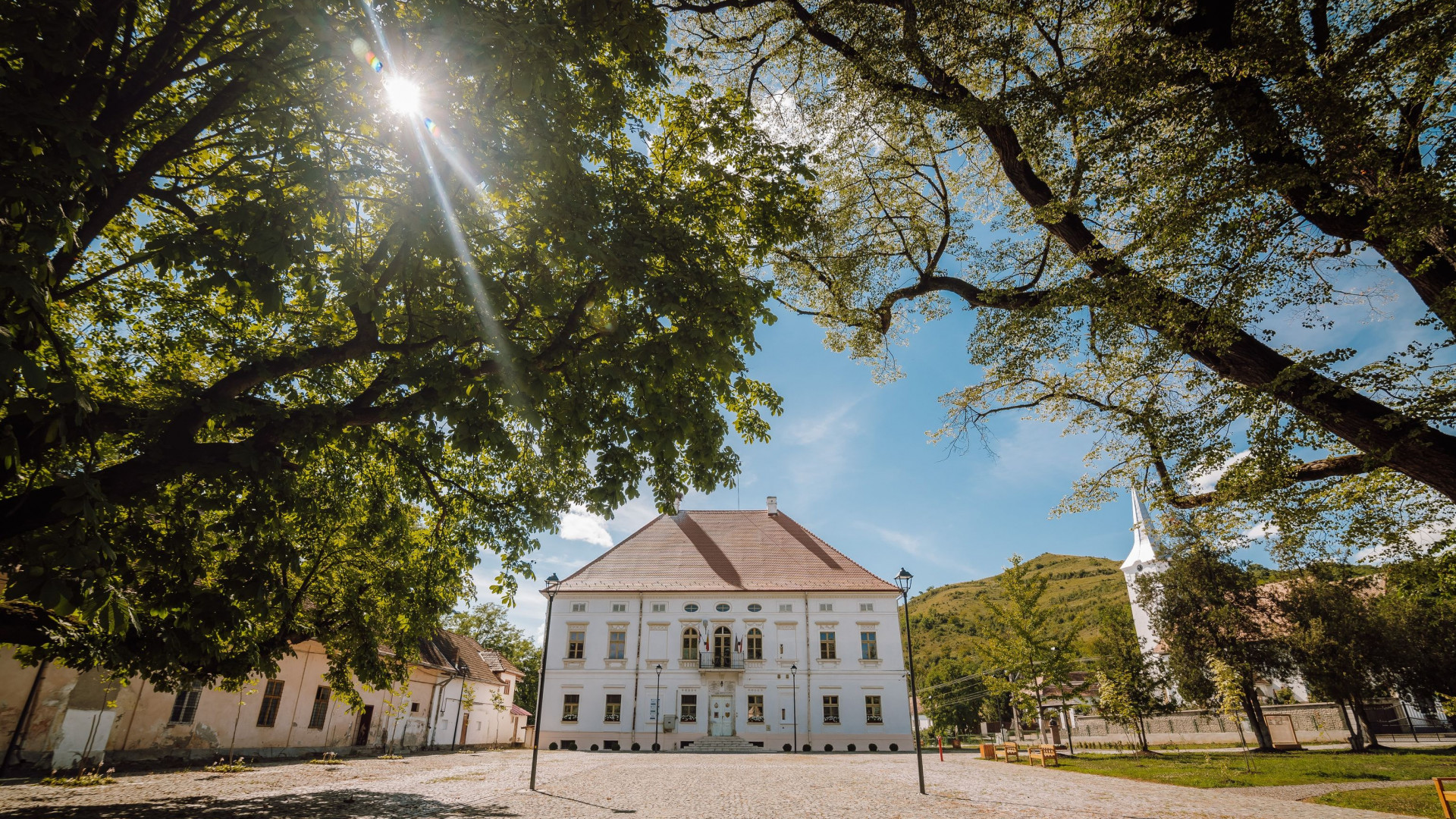
Rhédey Castle - Sângeorgiu de Pădure
Commemorative exhibition dedicated to the flooded village of Bezidu Nou About 6 km from the town of Sângeorgiu de Pădure was once the village of Bezidu Nou. In the present, this locality does not exist, being under water, as a victim of the communist regime. The commemorative exhibition in the Rhédey Castle is dedicated to this village. When you enter this room, you have 5 minutes to read the history of the village and look at the exposed objects, belonging to the people of Bezidu Nou. After 5 minutes the lights are turned off and a day of the village's life is played. In the middle of the room there is the satchel layout, in white color because we are talking about a non-existent locality, and above it suspended the ground plan of the lake.On one of the walls there are six pillars, representing the six religions that co-existed in this locality, and on each one is engraved their way of greeting. The permanent painting exhibition Datu Victor This exhibition in Rhedey Castle invites us to the world of the painter Datu Victor, who at the age of 84, is one of the supporters of cubism in Romania and one of the most original painters in Mures. Victor Datu was born on 13 June 1932 in Sângeorgiu de Pădure and is still a real artistic presence in the local and national exhibitions. In his work you find the contrast between the new and the example of art in the past, you find the association between the restlessness of new initiatives and the calm of tradition, but also the respect for the professional attitude.
Learn more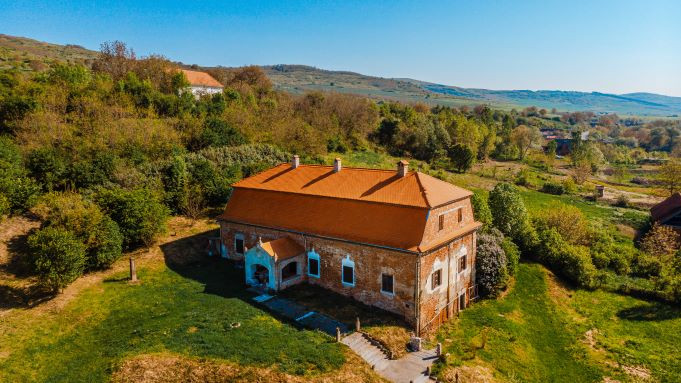
Barabássy Manor - Idrifaia
The most prestigious inhabitant of the village of Idrifaia was, without a doubt, Barabássy Lénárd, vice-voivode of Transylvania and sub-prefect of the Szeklers. In 1508 he built his manor house in Idrifaia, which ,according to some historians, was the first Renaissance building in Transylvania. In 1686 Barabássy's manor came into the possession of the Bethlen family of Ictar, who in 1745 renovated the baroque building, expanded it, then in 1803 modernized it, adding terracotta stoves and a carved fountain in the garden.
Learn more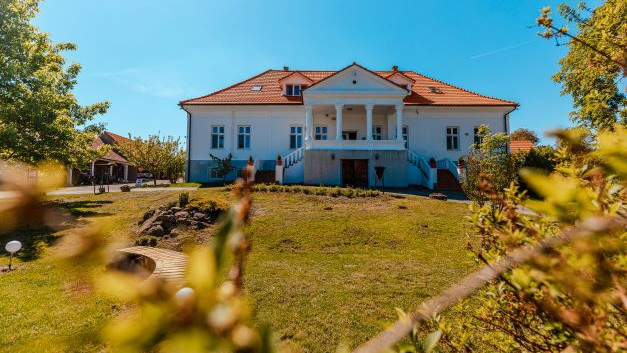
Daniel Castle - Găneșt
According to historical sources, the owner of the 19th-century Neoclassical castle, Dániel Mihály, was a descendant of the Armenian Dániel family in Gherla, and the castle and estate were probably bought by him. In 1949, at the time of the nationalization of the property, Dániel Mihály's son was the second owner.
Learn more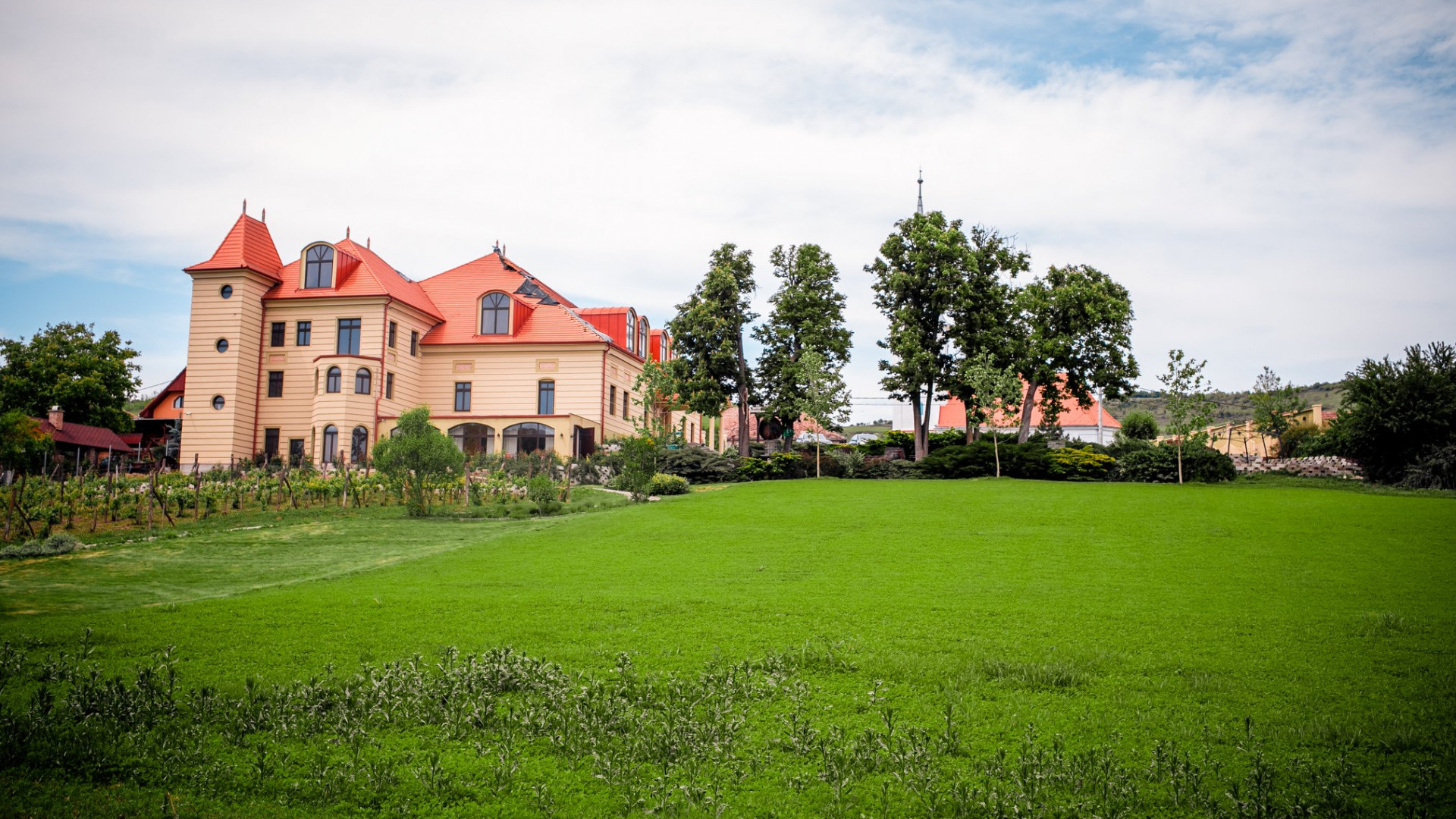
Simén Manor - Călimănești
Built of brick and river stone, the manor was originally erected in a rectangular plan, and in the 20th century a porch and a covered terrace were added. Among the notable guests of the manor are Hungarian national poet Petőfi Sándor and Hungarian writer Jókai Mór.
Learn more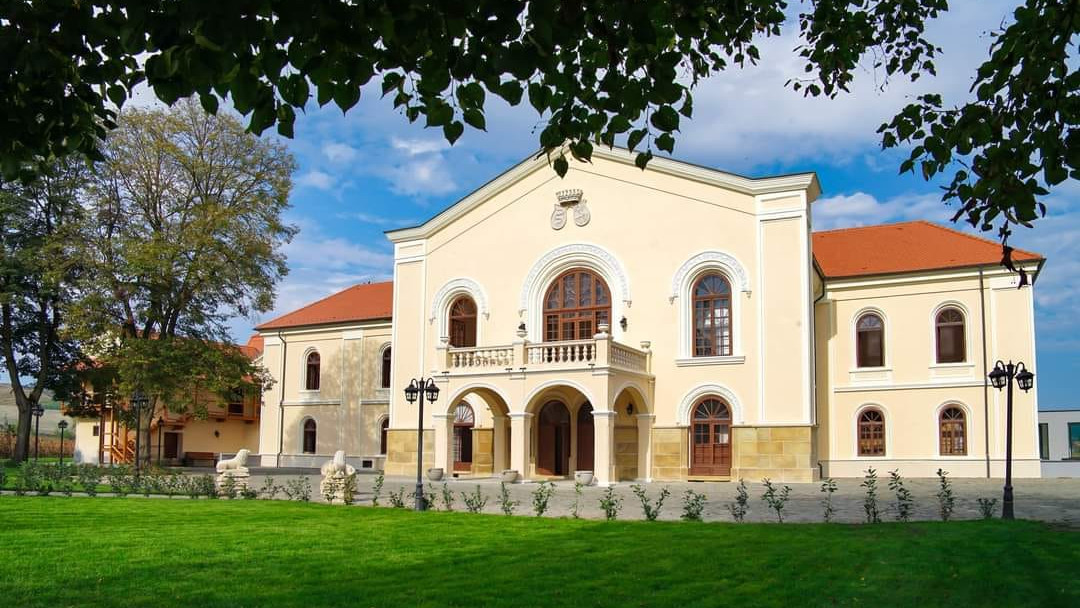
Bethlen Castle - Bahnea
The exterior of the castle belongs to the romantic style, while the carpentry of the castle is reminiscent of the Neo-Renaissance and Romantic style. The building has 42 rooms, arranged on three levels - basement, ground floor and first floor. Renovation works are currently taking place here, with the aim of transforming the building into a multifunctional event center.
Learn more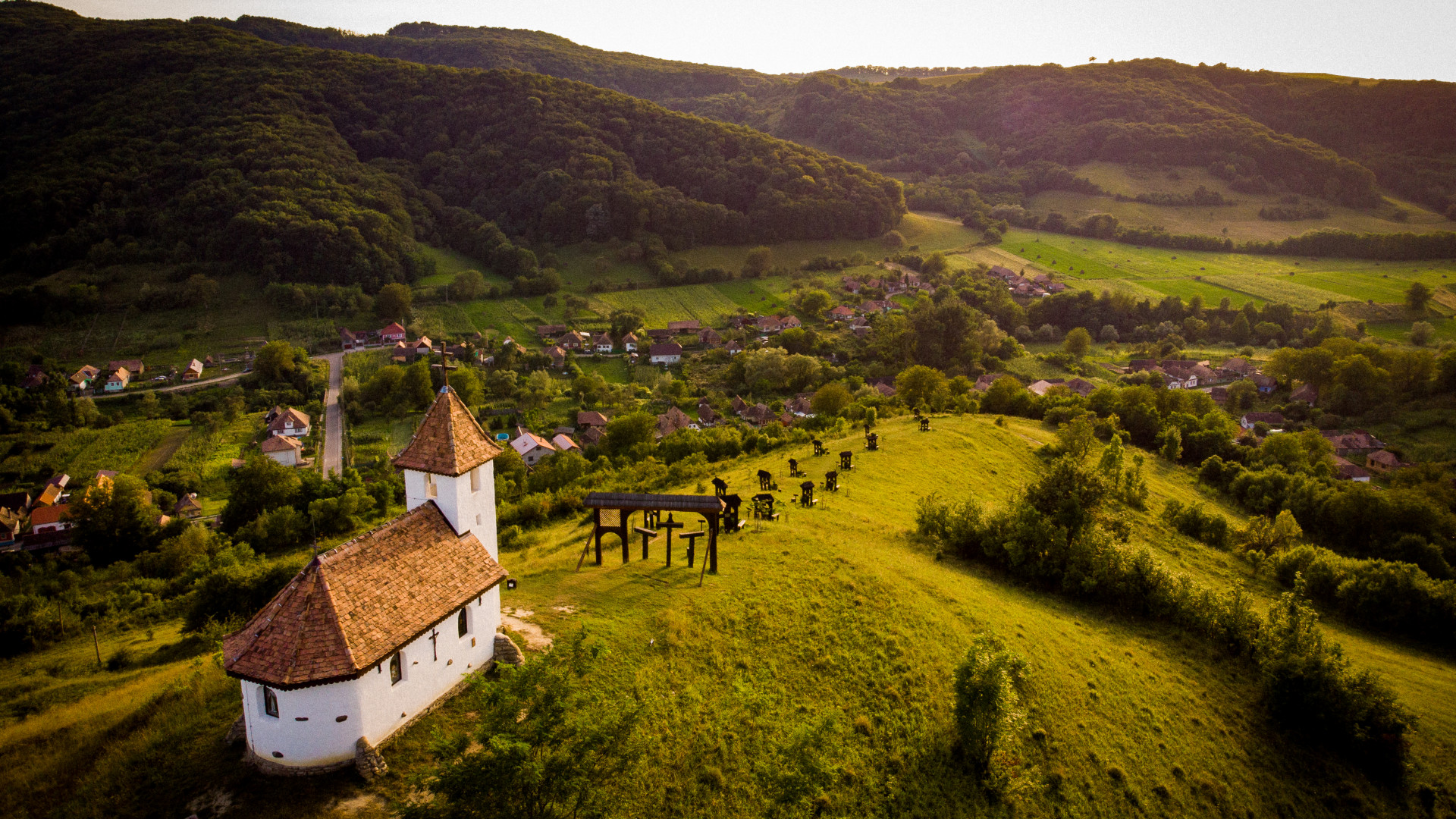
Szekely Calvary - Vetca
Székelyvécke/Veţca is a village situated 28 km southeast from Târgu Mureş in a longitudinal valley, at the watershed of the catchment area of the Târnava Mică and Târnava Mare, at the headwaters of the Vécke and Zsákod streams. The Roman Catholic Church in Székelyvécke/Veţca was built between 1790 and 1792 and was consecrated to the Nativity of Mary; the earlier church stood in the place of today’s cemetery. The parish reclaimed and restored the building of the nationalized denominational school; since 1998 it has been used by a Kolping Family organization. It deserves attention that within the parish community the youth help the elderly who remained alone, e.g. they chop woods for them. The church pilgrimage (8 September) is the biggest local celebration, an occasion when also those who left the village return home. Because of the four open-air altars, the Corpus Christi procession is called kalyibás búcsú ’shack pilgrimage’. The Szekler Calvary near the village was finished in 2014 and the Chapel of Divine Mercy was consecrated in 2015.
Learn more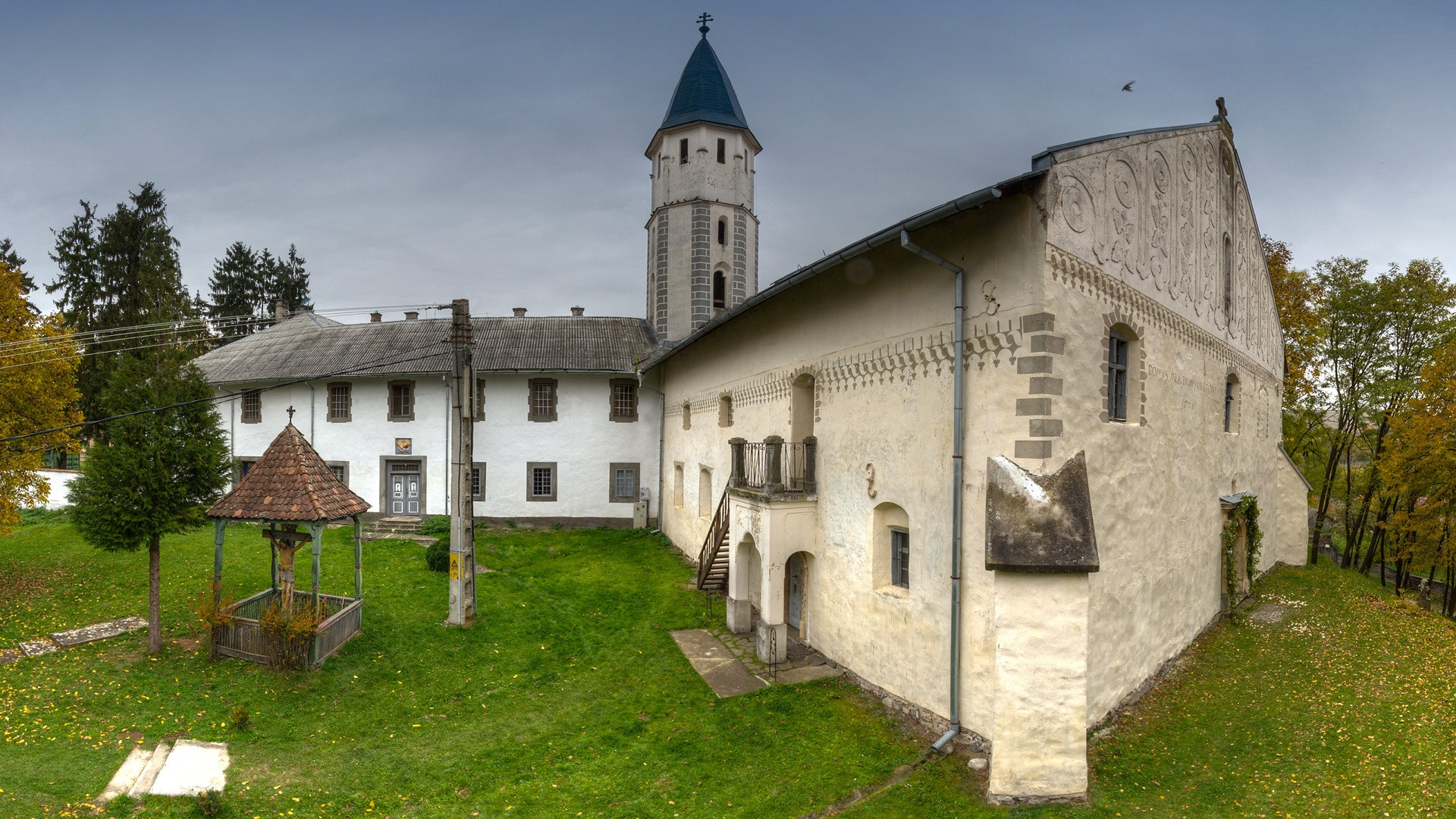
Franciscan monastery - Călugăreni
Mikháza/Călugăreni, famous for its Franciscan monastery and monument church, is situated between Nyárádköszvényes/Mătrici and Deményháza/Dămieni, on the left bank of the Niraj. The Franciscan friars settled down there in the 17th century, at the time of Protestant princes. The Transylvanian Roman Catholic Status asked for auxiliary priests from the Bosnian province in 1630; subsequently, four friars arrived at the Mătrici parish. As a result of their activity the surrounding villages preserved their Roman Catholic belief. One of the main supporters of the Franciscan friars, who also initiated their invitation, was Mihály Toldalagi, chief constable of Marosszék; in 1635 he bought a house and an estate for them in Călugăreni. The friars who moved there from Mătrici built a stone chapel and a wooden monastery next to it. In this work they were assisted by their fellow friar, the later bishop Kázmér Domokos, who also assumed to mediate between the friars not speaking the Hungarian language and the people. János Kájoni becoming the prior represented a new era in the life of the monastery. In 1666 he had the existing monastery pulled down and, in its place, he started to build the storeyed stone building that also exists today. At the same time, he extended the chapel into a church. After he had left (1669), his successors continued the work started by him.
Learn more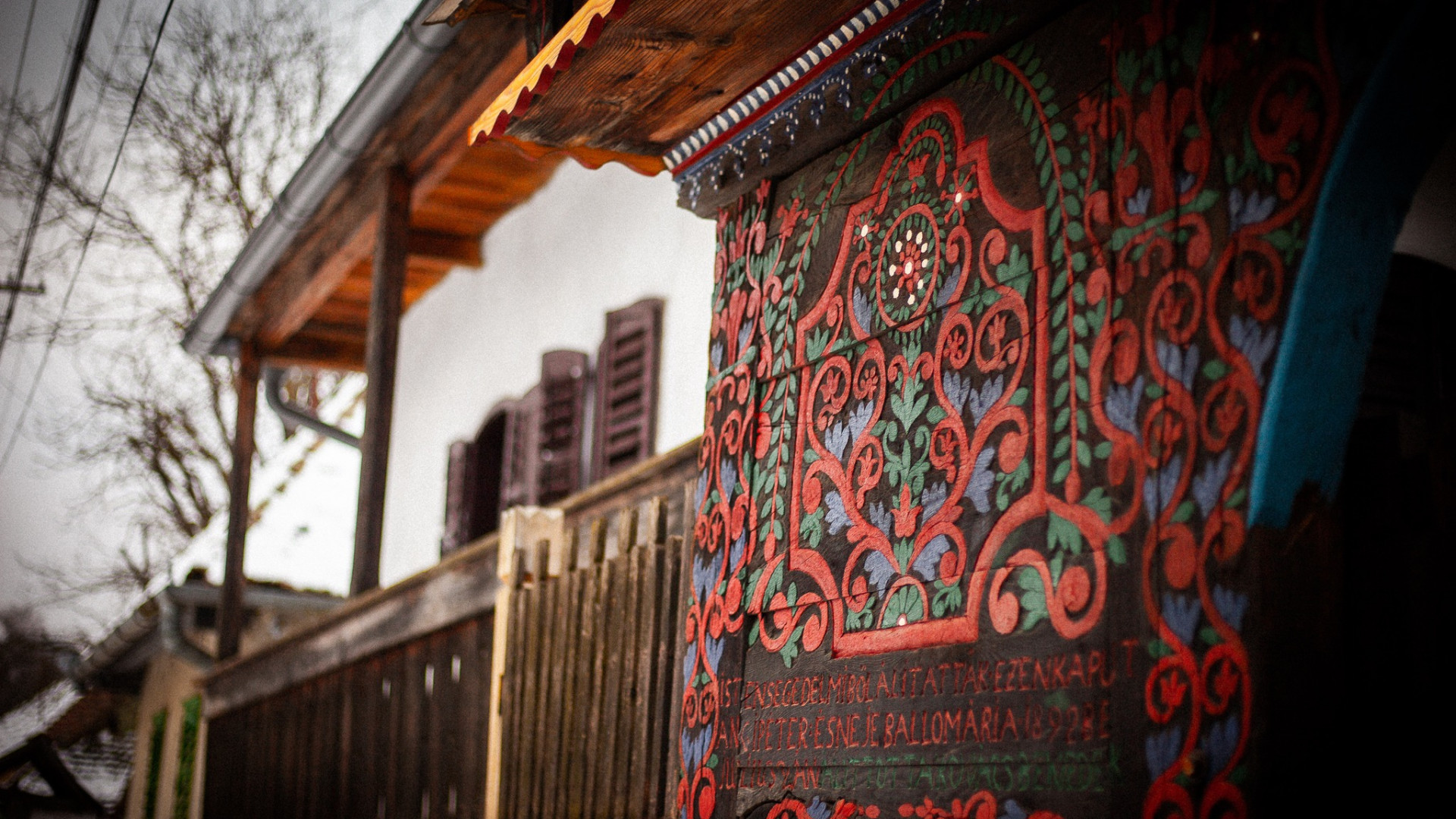
The Szekler Gates of Mureș County
In the Szekler part of Mures County, large wooden carved or painted gates can be seen, which represent a real cultural heritage for the ethnic Hungarians of this area. The oldest Szekler gate was built in Călugăreni, Mureș County, in 1673, at the entrance to the former Franciscan monastery. This was later replaced by a new gate. The Hungarian ethnographic literature defines the Szekler gates as those wooden gates with three vertical posts, delimiting a smaller gate for human access and a larger one for animals and carts. These posts are joined at the top by a horizontal beam covered with shingles and starting with the 17th century, a dovecote (columbarium) above the gate can also be seen. The carved motifs used to decorate the gates are not reandomly chosen, they represent messages of protection for the house. The most common motifs are flowers (especially tulips), birds, the sun, the moon and the stars, or the tree of life. In recent years, the Szekler Gate has become a status symbol in the community, and in October this year it was included, along with the famous “lángos”, on the Hungarikum list, indicating a national value of particular importance to the Hungarian people.
Learn more